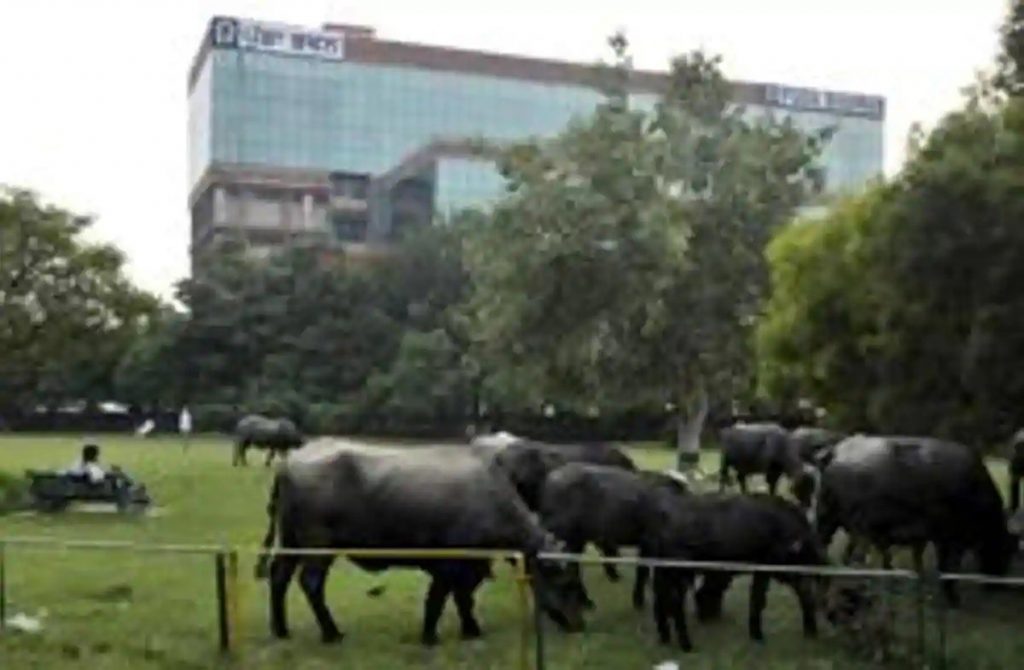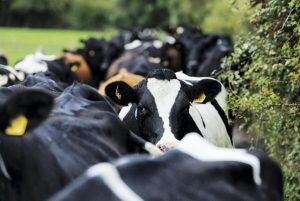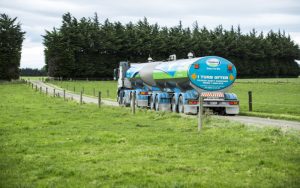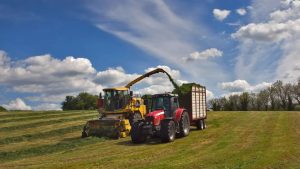Though livestock vaccination is considered an emerging innovation of socio-economic importance in the dairy industry, the rate of adoption and diffusion of vaccination technology is low at field levels. These views were expressed by Dr Parkash Singh Brar, Director of Extension Education, Guru Angad Dev Veterinary and Animal Sciences University, (GADVASU), Ludhiana.
Farmers not taking care of newborn calf: Expert
Dr Parkash Singh Brar, Director of Extension Education, Guru Angad Dev Veterinary and Animal Sciences University, (GADVASU), Ludhiana, said the calving season was on and most of the farmers don’t take proper care of the newborn calf, especially transitional animal.
He revealed that the calving season was on and most of the farmers don’t take proper care of the newborn calf, especially transitional animal.
Dr Vishal Mahajan, veterinary pathologist from the Animal Disease Research Centre, talked about important infectious diseases and the vaccination schedule. Diseases such as hemorrhagic septicemia (HS) was an acute, highly fatal form of disease that affects both buffaloes and cows.
He also highlighted differences between symptoms of the HS with nitrate poisoning. Foot-and Mouth disease (FMD) is also a highly contagious disease that affects cloven-hoofed animals.
Other troublemaker diseases such as Johne’s disease and brucellosis were also discussed.
He emphasised the need for biosecurity at the farm and timely vaccination. The animals should be healthy at the time of vaccination and there should be at least 21 days’ gap between two vaccinations.
He also cautioned the farmers regarding hygienic protocols, particularly used syringes.
Dr RS Grewal, senior nutritionist, Department of Animal Nutrition, discussed the importance of transitional period of animals which was around three weeks ago and after the calving and nutrient requirements associated with it. He said the requirement of energy, protein, fat and calcium increase 4, 2, 5 and 4 times, respectively, during this critical period.
Dr RS Grewal discussed modified feeding strategies by incorporating calcium propionate, propylene glycol in the ration. He also emphasised the importance of certain feed supplements, particularly niacin, biotin and choline chloride, which increase the metabolism of the animal and help maintain production and health of the newly lactating animal.
















